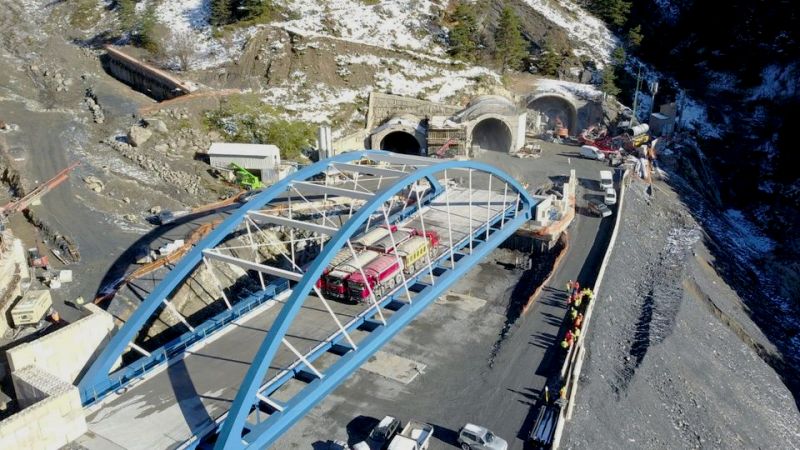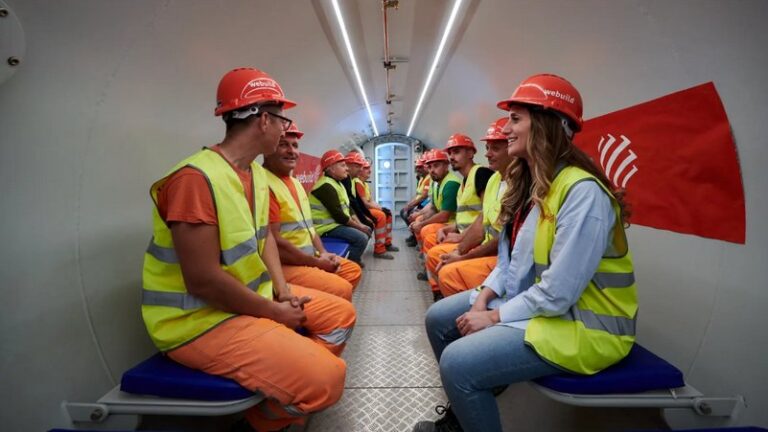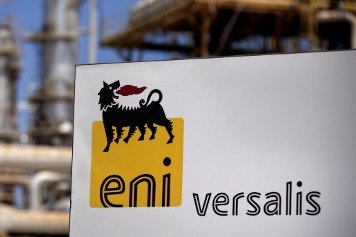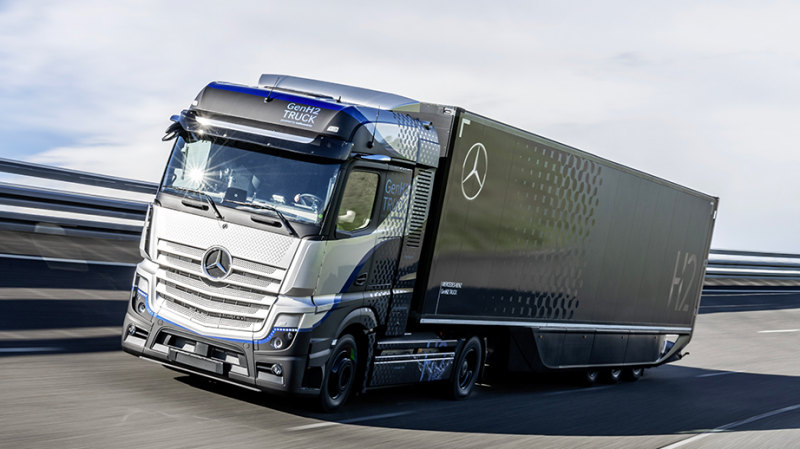Although just shy of becoming Italy’s longest tunnel, a title held by the Giovi Third Pass Base Tunnel at 27,250 meters, the Naples-Bari railway's Hirpinia tunnel will span 27,106 meters upon completion. Despite this, the new railway will be noted in construction history for another remarkable achievement: the Casalnuovo tunnel, which extends 3,300 meters in total, includes a 650-meter section excavated under hyperbaric conditions—a first in Italy and rare in Europe.
The hyperbaric excavation method, employed by the Webuild Group on this project, involves using compressed air to work through sections with significant water presence. The pressurized air in the tunnel prevents water from flooding the excavation area, contrasting with traditional methods that use cementitious mixtures and chemical additives to manage water ingress. This innovative technique not only reduces environmental impact, especially in urban areas, but also allows for dry conditions during excavation and lining work. The pressure inside the tunnel varies between 0.3 and 1.2 atmospheres, depending on the working conditions.
The Casalnuovo tunnel construction site, expected to be completed by mid-2025, required the installation of complex, state-of-the-art equipment. Progress is made in watertight sections of approximately 60 meters, separated by temporary diaphragms to minimize pressure loss. For safety, the excavating equipment, including buckets and demolition hammers, is electrically powered. Additionally, workers and engineers must undergo a gradual acclimatization process in a compensation chamber before entering the hyperbaric environment, spending an average of twenty minutes adjusting to the established working pressure.
The Naples-Bari high-speed railway, with an overall investment exceeding six billion euros, will stretch 145 kilometers and include nine tunnels and 25 viaducts. Among the most notable tunnels are the 6.4-kilometer Rocchetta and the nearly 10-kilometer Orsara. The line, largely built on a new 120-kilometer route with over 60 kilometers of tunnels, will reduce travel time between the two cities by an hour and a half for passenger trains.
Moreover, the railway will facilitate freight transport, which is currently impractical on the existing line, by creating a cross-route linking the Adriatic, Tyrrhenian, and north-south rail corridors. The maximum gradient will be reduced from 23 per thousand to 12.9 per thousand, making it suitable for European standard freight trains in terms of load capacity and dimensions, without restrictions for intermodal transport.
Piermario Curti Sacchi



































































